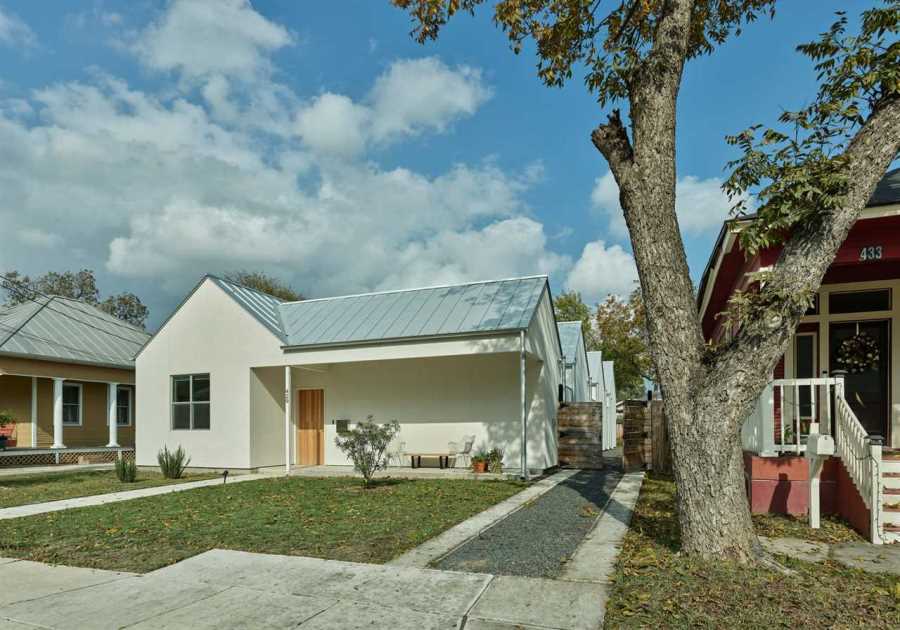In a 18th century chateau in France, the couple behind a popular YouTube channel turns to technologies old and new to keep warm.
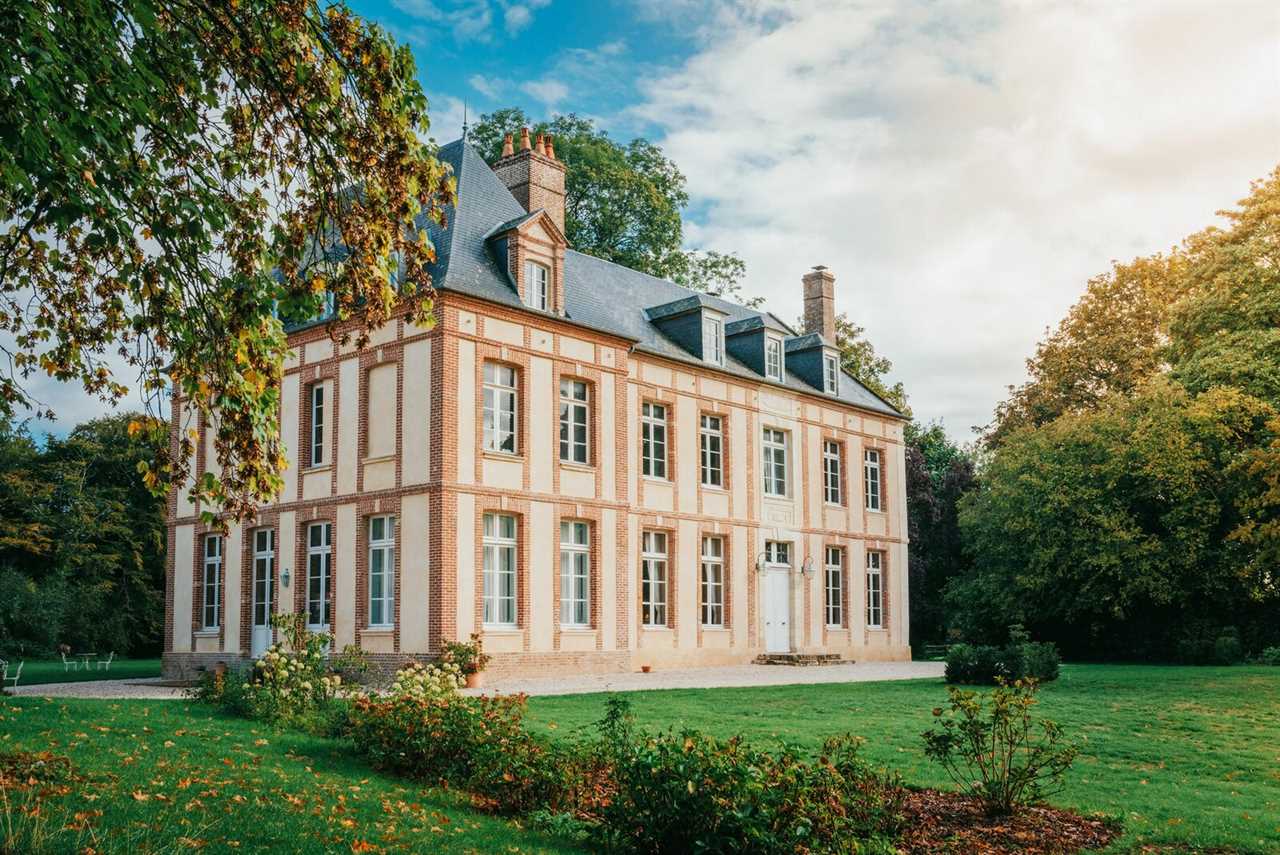
When you dream about buying an old home, whether it’s a 1920s bungalow in Los Angeles, a colonial farmhouse in New England, or an 18th century chateau in France, those dreams tend to take the form of beautiful wood details, spacious gardens, and perfect facades. They don’t usually include thoughts about thermal heating, wood stoves, or the virtues of stone wool versus wood wool insulation.
Unfortunately, as Philipp and Anna Mayrhofer found out, heating and cooling are just as important to the restoration of an old home as all of those glory fixes. The Mayrhofers are lucky enough to own one of those 18th-century chateaus in France; they’ve been documenting their restoration journey on their YouTube channel, How to Renovate a Chateau. "If you don’t heat a house in this area, in the winter it gets very moist and then you have dry rot, which can be a huge problem," says Philipp.
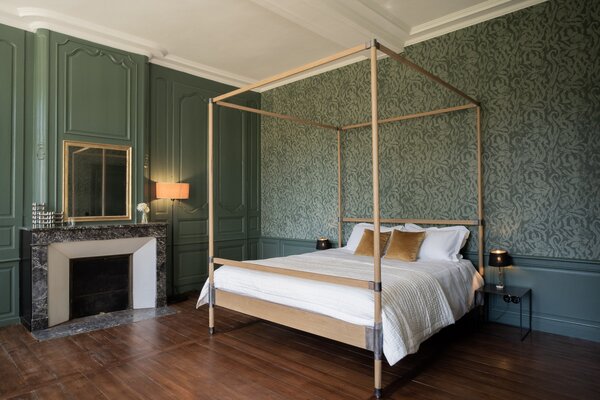
Photo by Le Fleur
"In this area" is important there, as well as the exact age of the house (late 1700s for the main house, early 1800s for an extension). The Mayrhofers’ chateau lies in Normandy, near the coast, about two hours from Paris. Historic homes in that region were designed to work with the seasons, which bring mild summers and wet, though usually above freezing temperatures, winters. The walls are made to resist water intrusion during the winters, but allow any moisture that does get trapped to evaporate in the warmer months, a pattern that some later residents would accidentally disrupt.
The Plaster Walls
"Unfortunately what happened in the 1960s, it happened a lot in Europe, is that they used concrete as the plaster on the outside because they thought it was watertight," says Philipp. Unfortunately, because it actually was watertight, water got trapped inside the walls during the winter, leading to mold and mildew. The Mayrhofers stripped off the concrete from the exterior and went back to the more traditional lime plaster.
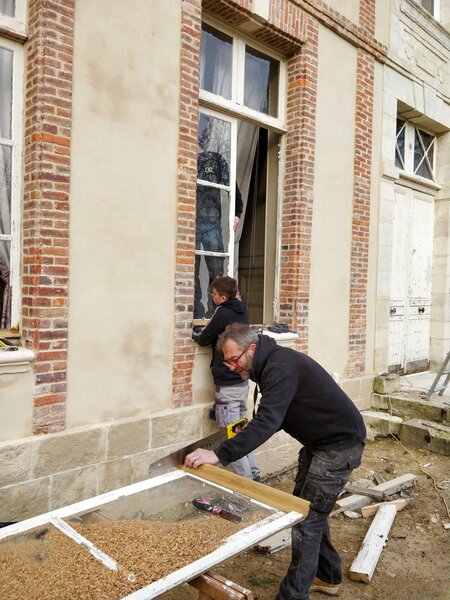
Photo by Le Fleur
The Fuel Heater
Old houses are often built this way: in accordance with what has always worked in the area. In Normandy, that means thick stone walls to maintain a comfortable temperature, whether hot or cold. In other parts of the world it might mean different materials, like masonry, local wood, or even some form of earth. These do not, however, always lend themselves to modern heating and cooling technologies. In the United States, starting in the mid-19th century, many homes were built on what’s called "balloon framing." In this style, says Loren Bottem, a field manager with the Twin Cities-based heating and cooling company Genz-Ryan, "the house exterior was built first, and then the insides were constructed. There is no real way to [add ductwork] nicely unless a contractor gets involved and makes duct chases throughout the home."
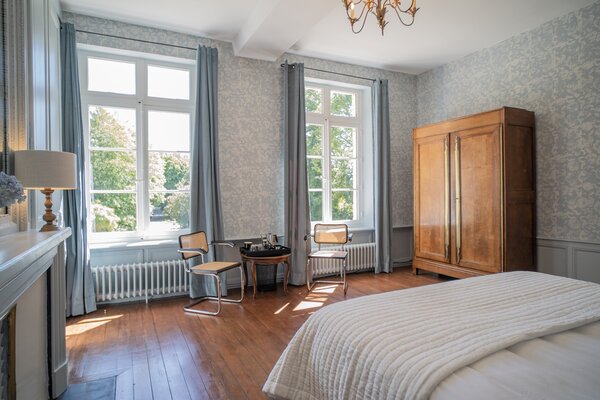
Photo by Le Fleur
See the full story on Dwell.com: How to Heat a Castle
Related stories:
- An Architect Couple Trade Size for Sustainability in Their Family’s Amsterdam Home
- This Scottish Holiday Home Is Topped With Grass From the Surrounding Hillside
- An Industrial-Chic Home With a Rooftop Garden Was Crafted From the Remnants of an 1890 Brewery
Read More
By: Dan Nosowitz
Title: How to Heat a Castle
Sourced From: www.dwell.com/article/airflow-french-chateau-renovation-how-to-renovate-a-chateau-philipp-anna-mayrhofer97760416-3c55ce18
Published Date: Sun, 08 Jan 2023 01:27:18 GMT
Did you miss our previous article...
https://trendinginbusiness.business/real-estate/12-fun-seattle-facts-how-well-do-you-know-your-city
.png)




